Collecting vintage and antique knives can be a rewarding hobby, allowing enthusiasts to appreciate the artistry and craftsmanship of bygone eras. Whether you own handcrafted pocket knives or elegant folding blades from the past, proper care is essential for preserving their beauty and functionality. In this guide, we will explore effective methods for maintaining your vintage and antique knives, keeping them in excellent condition for years to come.
Understanding the Importance of Care
Vintage and antique knives carry not only monetary value but also sentimental significance. With their unique history, each knife tells a story of its past. Proper care is crucial to maintain their appearance and usability. Failing to do so can lead to rust, dull blades, and even permanent damage.
The Basics of Knife Care
Before delving into specific care techniques, it's vital to understand some fundamental concepts of knife maintenance:
- Handle Material: Knives can feature a variety of handle materials including wood, bone, and synthetic compounds. Knowing what your knife is made of is key to selecting the right care method.
- Blade Composition: Vintage knives may have carbon or stainless steel blades. Each type requires different maintenance strategies to prevent corrosion.
- Usage vs. Display: Consider whether the knife is a working tool or purely for display, as usage will influence the care approach.
Cleaning Techniques for Antique Knives
Cleaning your vintage and antique knives should be done with great care to avoid damaging the materials. Here are some proven techniques that can keep your knives looking pristine:
Gentle Cleaning with Soap and Water
For regularly used handcrafted pocket knives, a gentle cleaning method is usually best. Start by rinsing the knife under warm water to remove any visible debris. Next, use a soft cloth or sponge with mild dish soap to wipe down the blade and handle. Rinse thoroughly and pat dry with another soft cloth to avoid water spots.
Removing Rust and Stains
If you encounter rust or stubborn stains, consider these approaches:
- Baking Soda Paste: Mix baking soda with water to form a paste, apply it to the affected areas, and scrub gently with a soft cloth.
- Vinegar Soak: For light rust, soaking the blade in vinegar for a few minutes can help dissolve rust. Be sure to rinse and dry the knife immediately afterward.
Maintaining the Blades
The blade quality can significantly impact functionality. Here are some key methods to keep your knife blades sharp and ready for use:
Regular Sharpening
Shall we sharpen it or leave it dull? Regularly sharpening your knife ensures a clean cut and prolongs its life. For vintage knives, a whetstone is often recommended:
- Start with rough grit and gradually move to finer grits until the edge is razor-sharp.
- Maintain the correct angle while sharpening (typically between 15-20 degrees) for the best results.
Oiling the Blade
To protect the metal from moisture and corrosion, apply a thin layer of knife oil or mineral oil after cleaning. This step is especially crucial for carbon steel blades, which are prone to rusting. Use a soft cloth to apply the oil so that it evenly coats the blade.
Storing Your Vintage Knives
The way you store your vintage and antique knives plays a significant role in maintaining their condition. Here are recommended practices for proper knife storage:
Knife Blocks and Slips
Using a knife block or slip provides a protective environment that minimizes exposure to dust, moisture, and light. This kind of storage is particularly effective for high-quality pocket knives:
- Choose a block that allows for ventilation, preventing moisture build-up.
- Ensure that the knives fit snugly without being overly tight to avoid damaging the blade or handle.
Security and Display
If you wish to display your vintage knives, opt for a dedicated glass case. This not only showcases your collection but also protects it from dust and accidental damage. Remember to keep the display in a temperature-controlled environment, away from direct sunlight, which can fade handles and damage the metal.
Handling with Care
When handling your vintage knives, there are a few best practices to keep in mind:
Washing Hands
Always wash your hands before and after handling your knives to ensure that you don’t transfer oils or dirt onto the surface. This simple step can prevent the need for frequent cleaning.
Mind the Environment
Be cautious about where you use your knives. Avoid using them on hard surfaces that could damage the blade, like glass or stone. Instead, utilize appropriate cutting boards to safeguard the knife edges.
Restoring Antique Knives
If you come across an antique knife that requires restoration, know that it is both an art and a science. Here are some vital steps in the restoration process:
Assessment of the Condition
Your first step should be a thorough assessment of the knife's current condition. Check for major signs of damage like severe rust, cracks in the handle, or loose components. Understanding the condition will guide your restoration approach.
Expert Help
For knives in poor condition, consider consulting a professional knife restorer. Restoration can include rehandling, blade regrinding, and even polishing, all of which should be handled with expertise to retain the knife’s integrity.
Documenting Your Collection
As you care for your vintage and antique knives, it's valuable to keep records of each piece in your collection. Documentation can include:
- Purchase date and price
- Previous owners’ history
- Condition reports before and after maintenance
These notes can serve as a fascinating narrative of your collection's journey, enhancing both its sentimental and market value.
Building Your Knowledge
Connecting with other knife enthusiasts can provide valuable insights into the care and appreciation of vintage and antique knives. Seek out online forums, social media groups, and local clubs dedicated to knife collecting. Engaging with seasoned collectors will only enhance your understanding and skills in knife care.
Knowing When to Seek Professional Help
While DIY care is essential, there are times when professional intervention may be required. Recognize those signs:
Severe Rust and Corrosive Damage
When a knife has extensive rust or damage that threatens its structure, it’s best to consult with a knife restoration expert to prevent any further harm.
Rehandle or Regrind Needs
For knives that need a new handle or blade grinding, professional service can ensure the work is done correctly without compromising the knife's value and appearance.
Embrace the Journey of Knife Care
Caring for vintage and antique knives is not just a task—it’s a journey filled with appreciation for craftsmanship, history, and artistry. As you invest the time to maintain your crafted pocket knives and collect stories, you foster a deeper connection to these remarkable pieces of history. Enjoy the process of learning, preserving, and showcasing your collection. It’s not only about the knives, but the stories that come with them, turning mere possessions into cherished heirlooms.








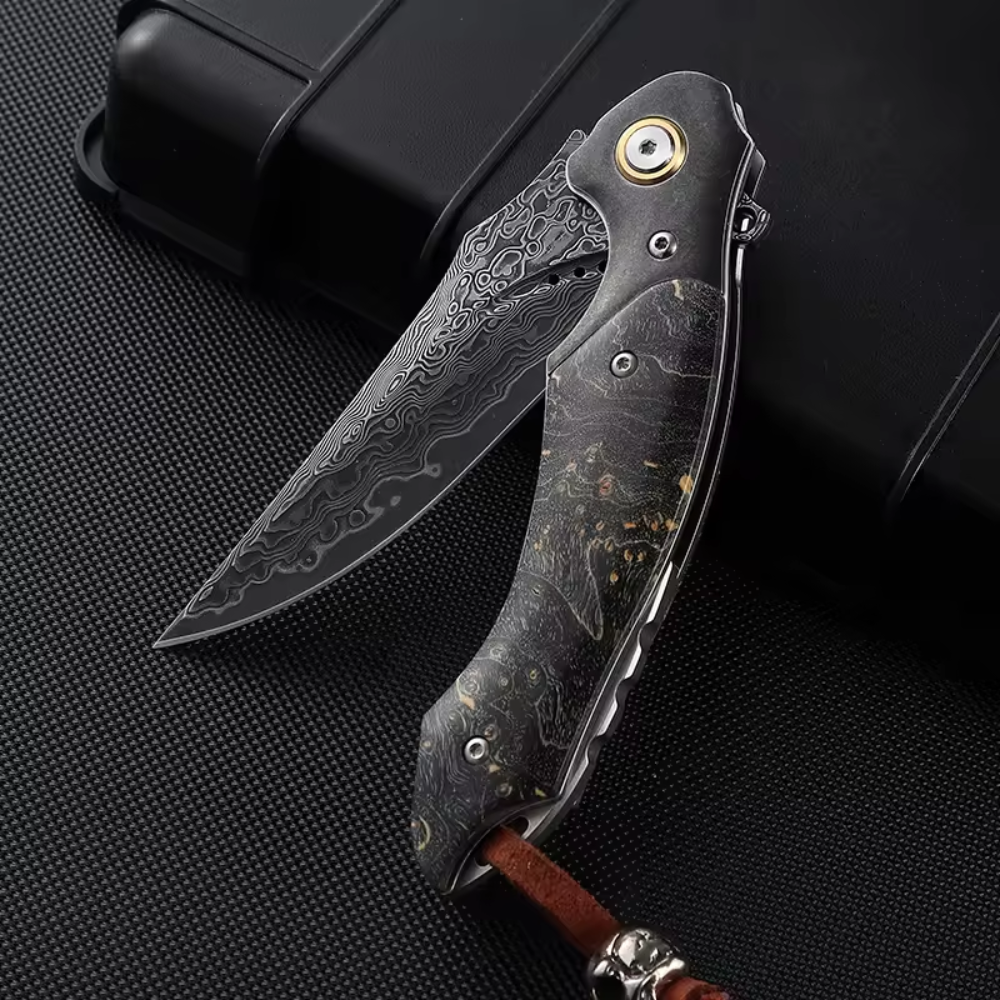


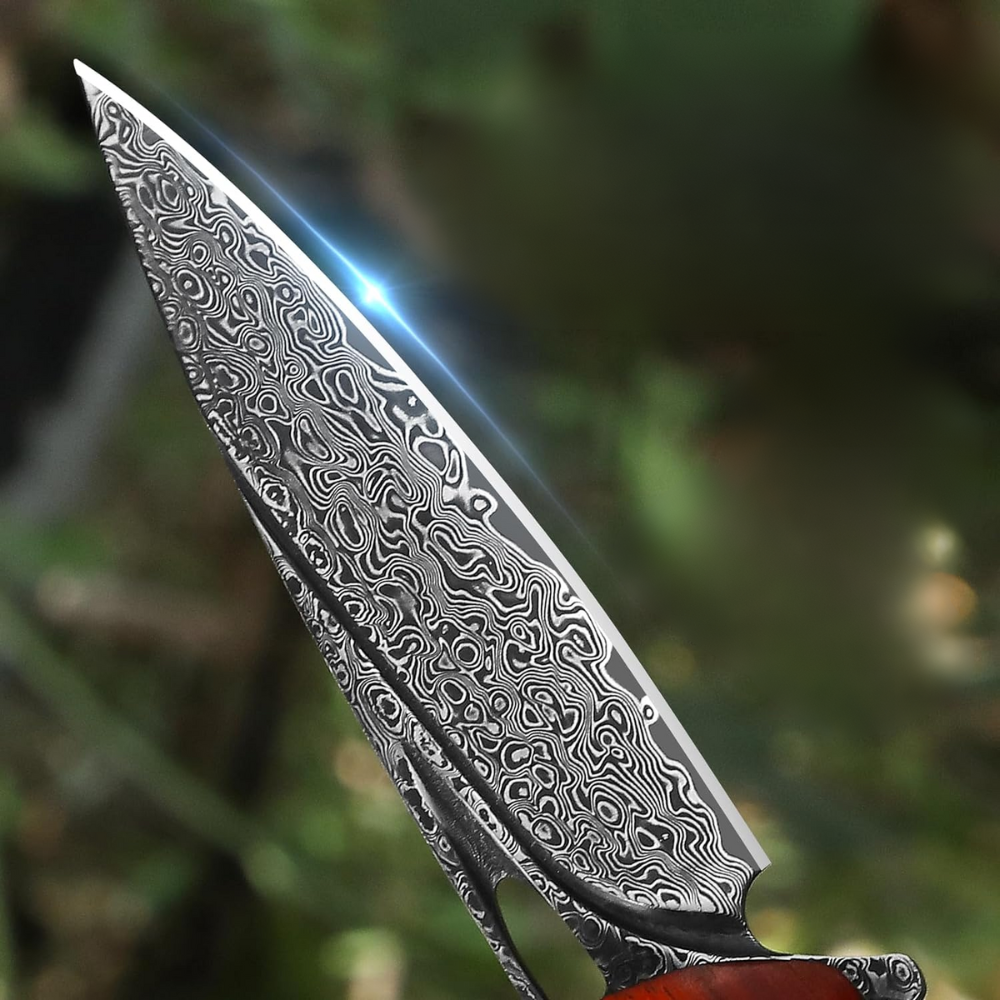








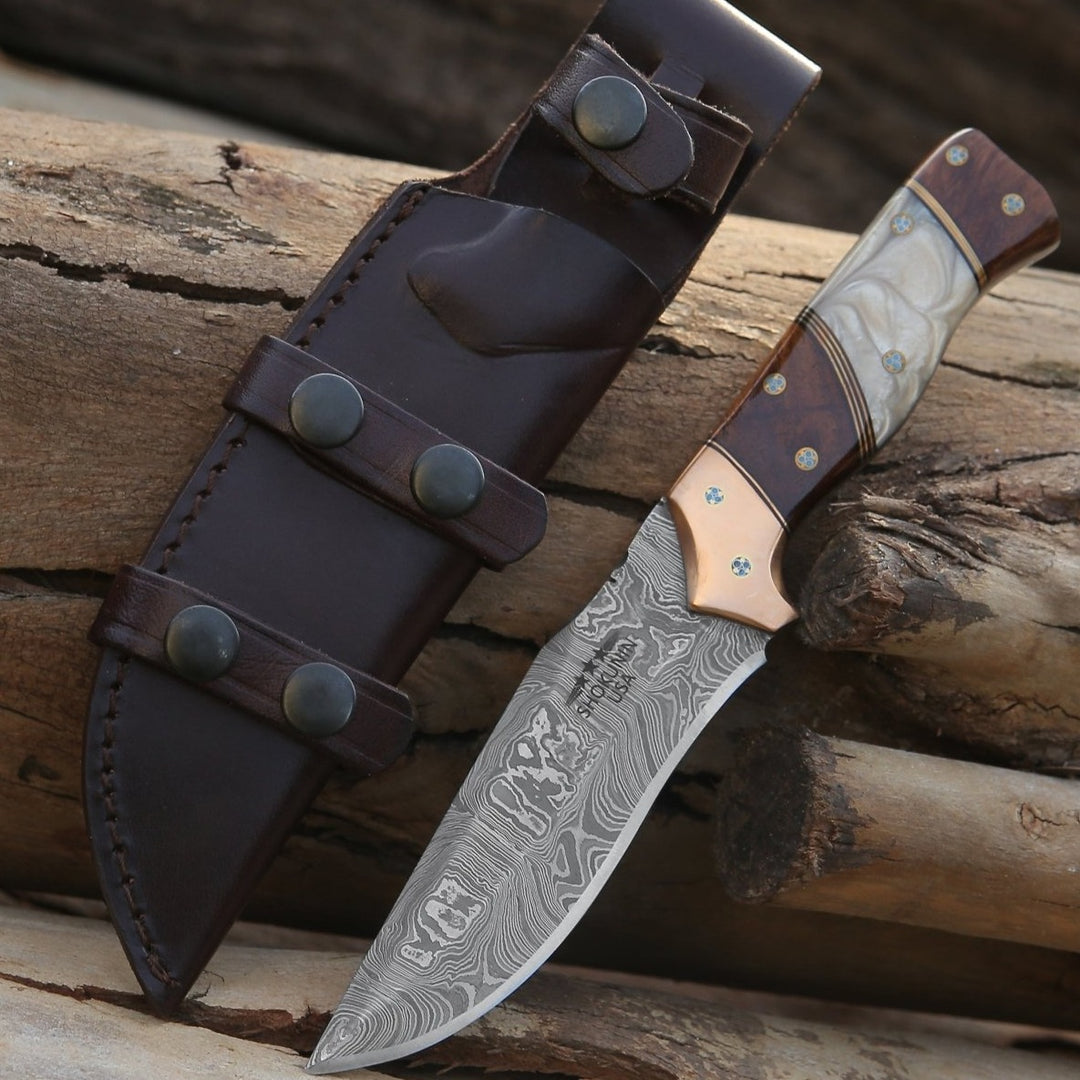
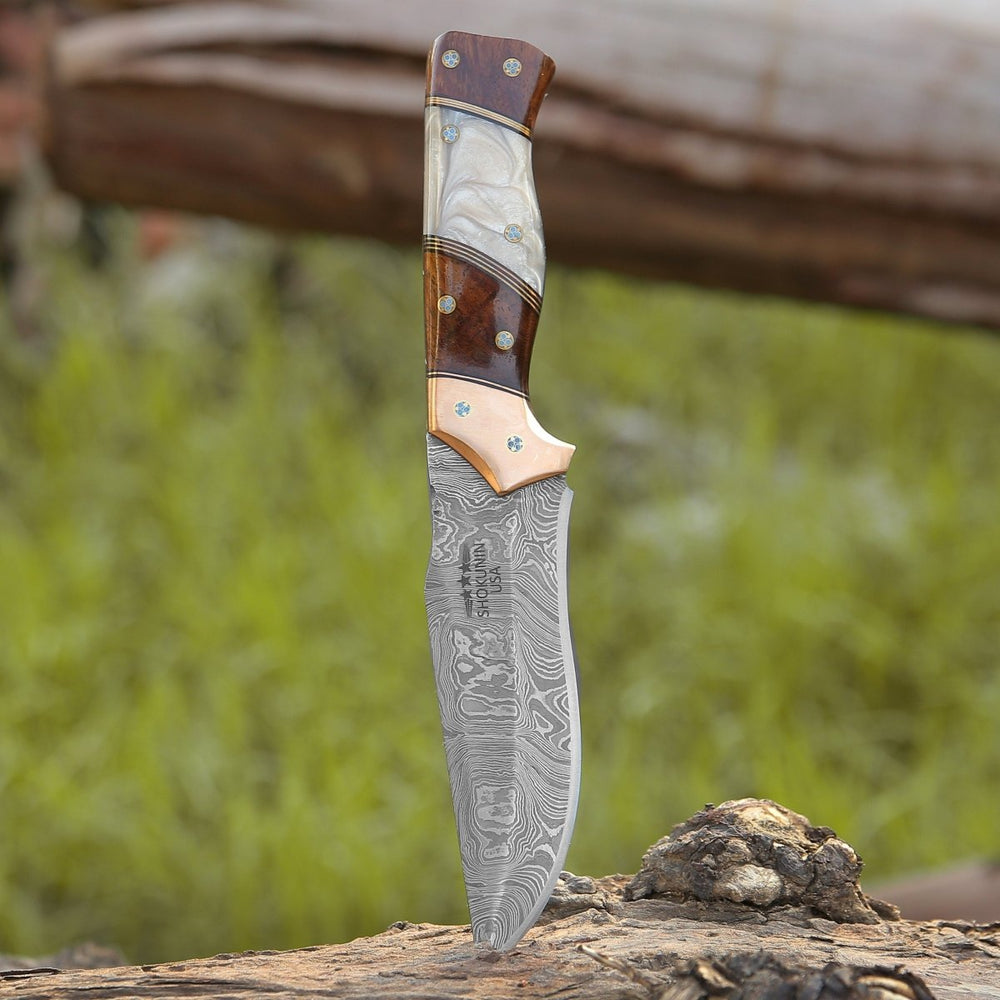


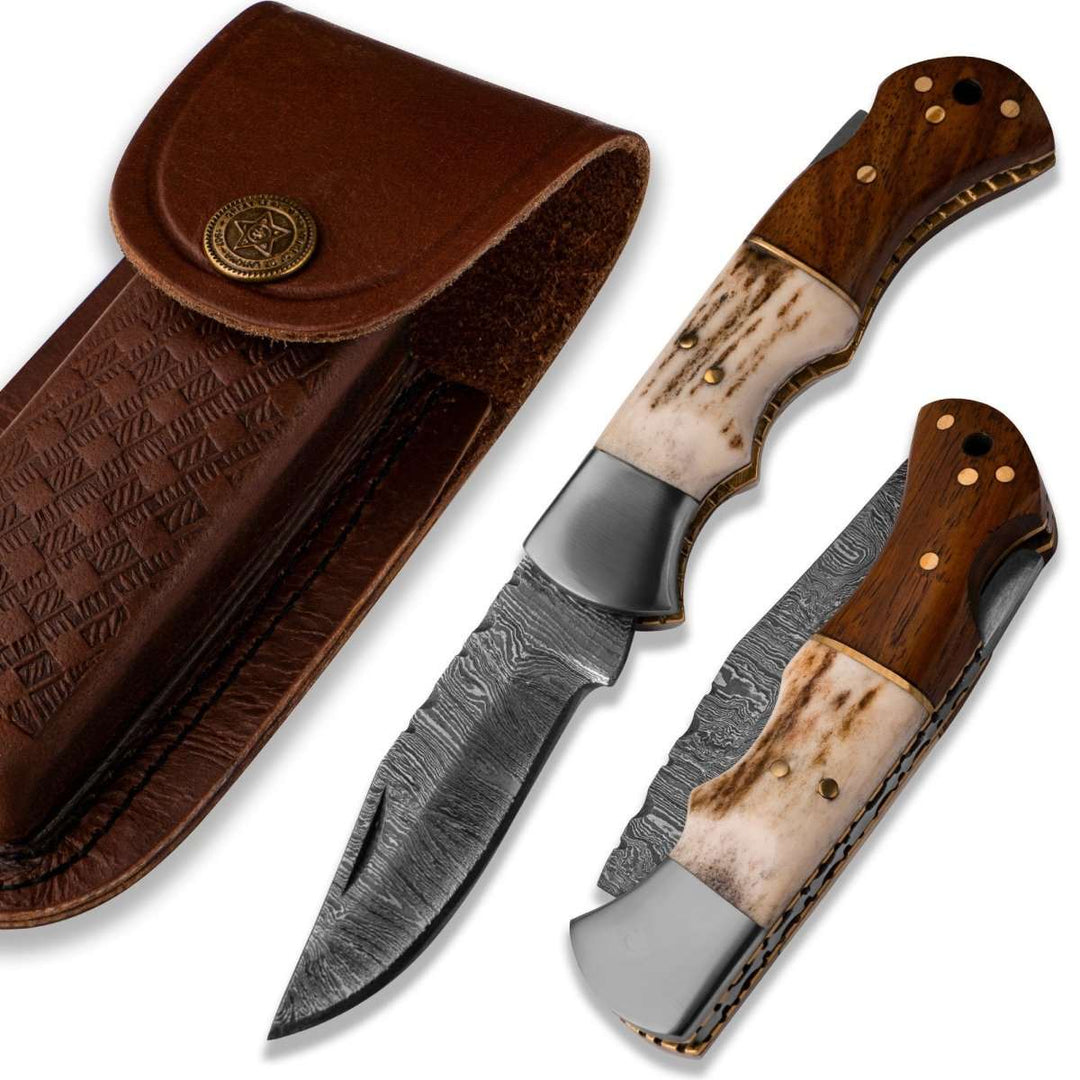





Leave a comment